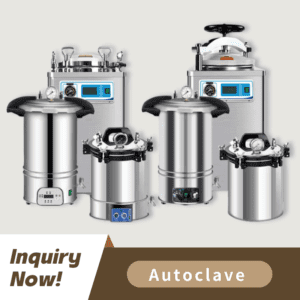
Whether you are new to autoclave operation or looking to refine your procedures, this article will serve as your definitive resource. We’ll cover everything you need to know to operate an autoclave with confidence, minimize risks, and ensure the highest standard of sterilization for your clients and end users.
Safe and effective autoclave operation depends on proper preparation procedures. All sterilization cycles require thorough pre-operation checks to safeguard operational safety alongside maintaining peak performance standards.
Verify that the autoclave’s water reservoir contains distilled or deionized water. Tap water can lead to mineral deposits and damage the machine’s internal components.
Maintain sterilization efficiency by using high-purity water to prevent scaling.
Review the chamber thoroughly to confirm that it is free from debris, residue, and any packaging remnants from prior uses. A clean chamber ensures even steam distribution.
Check the door gasket for any signs of cracking, wearing out or deformed areas. A compromised door gasket leads to steam leaks which cause an improper chamber seal and incomplete sterilization.
Keep the drain line free from blockages to avoid water backup issues.
Inspect air and water filters and perform cleaning or replacement if necessary according to the manufacturer’s guidelines.
Inspect trays and racks to confirm they remain clean and dry while checking for any signs of corrosion or damage.
Verify that the load contains the proper quantity and type of trays needed.
Verify the door locking system functions by testing its secure engagement.
Check the pressure relief valve to make sure it works properly and that it remains unobstructed.
Proper loading is crucial for effective sterilization. Loading items improperly can block steam flow which leads to inadequate sterilization and creates potential safety risks.
Execute a thorough cleaning and rinsing procedure on all items prior to autoclaving them. Microorganisms remain protected from steam during sterilization when organic material and residues are present.
Packaging: Use autoclave-compatible wraps, pouches, or containers. Mesh baskets alongside perforated trays help steam achieve better penetration during sterilization.
Apply clear labels to every package showing both the contents and processing date to maintain traceability.
Space items properly to ensure steam flows freely throughout the load. Placement of too many items in an autoclave leads to cold spots and incomplete sterilization.
Place heavier and bigger items at the bottom of the container with lighter items stacked above them. Open containers or cover them loosely to ensure steam can penetrate.
Items should not be stacked on top of each other unless the trays used are designed to support stacking.
Use only materials known to be resistant to high temperatures and moist environments during autoclaving. Do not put paper products, specific plastics, or any electronic parts through an autoclave process.
Use chemical indicator strips or tape within packages to verify steam penetration during sterilization.
Choosing appropriate sterilization parameters ensures effective sterilization while preserving instrument integrity.
The Gravity Displacement Cycle works effectively with solid instruments that remain unwrapped as well as glassware items.
The Pre-Vacuum (High-Vacuum) Cycle is designed for wrapped or porous items because it eliminates air before steam application.
Common Parameters:
The standard cycle requires maintaining 121°C (250°F) for a duration of 30 minutes.
Flash sterilization requires a temperature of 134°C (273°F) maintained for a duration between 3 and 10 minutes.
The autoclave pressure setting should range between 15 to 30 psi which varies based on the selected cycle and type of load.
The autoclave’s user manual contains cycle recommendations tailored to your specific model which should always be consulted.
Users should input the load size or specify the load type for autoclaves with programmable features.
Modify settings according to the sensitivity requirements of delicate or heat-sensitive materials.
Check the accuracy of all cycle parameters before activating the cycle.
Verify the autoclave door is completely shut and secured before proceeding. Verify that the chamber is sealed.
After loading the autoclave and confirming settings you can initiate the sterilization process.
To start the cycle you need to press the start button or move the control lever.
Users can watch real-time temperature alongside pressure and elapsed time readings on select autoclaves. Monitor these values for any irregularities.
During this stage the chamber becomes hot enough to create steam.
The sterilization phase involves the chamber sustaining its set temperature and pressure levels throughout the intended time period.
During the exhaust phase steam escapes from the chamber allowing its pressure to stabilize at normal levels.
The chamber and all inside contents reach a safe handling temperature during the cooling phase.
Opening the autoclave door during a sterilization cycle or when the chamber is pressurized is strictly prohibited.
Learn how to trigger the emergency stop function if the machine malfunctions.
Maintaining your sterilization equipment requires proper unloading and maintenance procedures that match the importance of the actual sterilization process. Best practice adherence extends your autoclave’s operational life and maintains instrument sterility.
Ensure that both the chamber and its contents reach a safe temperature before opening the door.
The door should be opened gradually to permit residual steam to escape slowly from within. Stand back to avoid burns.
Wear heat-resistant gloves or use tongs to safely remove hot objects from the autoclave. Transfer the heated items onto a sterile surface where they can cool down further.
Review chemical and biological indicators to verify sterilization outcomes.
Check that all packaging remains unbroken and free from moisture. Packaging that remains moist can suggest sterilization was not fully achieved or drying procedures were incorrectly performed.
After every use clean the chamber surface by using a lint-free cloth that remains soft to the touch. Remove any residue or debris.
To avoid mineral buildup perform routine draining and refilling of the water reservoir.
Evaluate the door gasket and filters for signs of wear or contamination and replace them when necessary.
Maintain a comprehensive log for every cycle by noting the date along with details about the load and cycle parameters and results from indicator checks.
Keep sterilized goods in a clean and dry space that is intended for storage to preserve their sterile condition until needed.
Implement a first-in, first-out (FIFO) system so that older items get used prior to newer ones.
Mastering the safe and effective use of an autoclave is essential for anyone involved in the medical device supply chain. By following this step-by-step guide, distributors, dealers, and procurement professionals can ensure optimal sterilization outcomes, protect end users, and maintain compliance with regulatory standards.
Attention to detail at every stage—from pre-operation checks to post-cycle care—not only enhances sterilization efficacy but also prolongs the life of your autoclave and reduces the risk of costly mistakes. For those seeking to deepen their expertise, explore more resources on Common Mistakes When Operating an Autoclave un How to Operate Autoclave: Controls and Settings Explained.
Always use distilled or deionized water to prevent mineral buildup and ensure optimal performance.
Clean the chamber after each use and perform thorough maintenance according to the manufacturer’s guidelines.
Yes, but use cycles specifically designed for liquids and ensure containers are loosely capped to prevent explosions.
Do not use the items. Re-run the cycle with new indicators and check for possible operational errors or equipment malfunction.
Follow manufacturer recommendations for load size and arrangement. Leave space between items for proper steam circulation.
No. Wait until the chamber pressure is normalized and the temperature is safe before opening the door.
Visit our guide on How to Operate Autoclave: Controls and Settings Explained for in-depth information.
For further guidance, expert recommendations, or to request a quotation for autoclave equipment, our team is ready to assist you.
E-pasts: inquiry@shkeling.com
WhatsApp: +8618221822482
Tīmekļa vietne: https://autoclaveequipment.com/
Take the next step in ensuring safe and effective sterilization—contact us today for personalized support and solutions tailored to your business needs!

Sterilizācija ir būtisks infekciju kontroles prakses elements gan veselības aprūpes iestādēs, gan laboratorijās. Autoklāvā sterilizācija ar tvaiku ir efektīva daudzos gadījumos, bet nav optimāla, ja
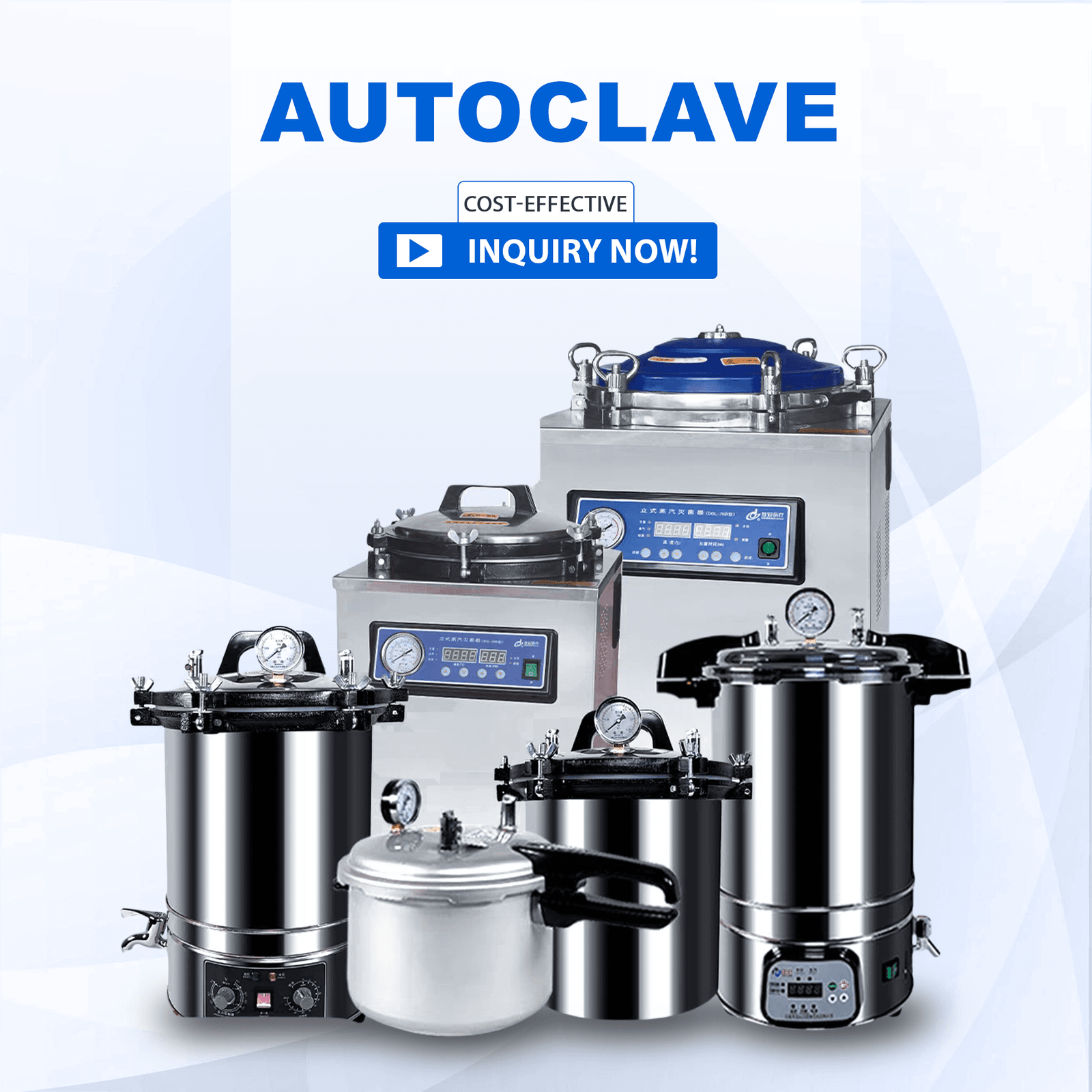
Medicīnas profesionāļi visā pasaulē uzticas autoklāviem kā būtiskiem instrumentiem, lai nodrošinātu medicīnas instrumentu drošību un sterilitāti. Medicīnas ierīču izplatītājiem un iepirkumu speciālistiem ir jāizprot autoklāvu darbības principi un priekšrocības.

Veselības aprūpes sasniegumi nosaka to, ka ir svarīgi, lai medicīniskie instrumenti vienmēr būtu droši un sterili. Medicīnas ierīču izplatītājiem, tirgotājiem un iepirkumu speciālistiem ir jāizprot sterilizācijas metodes, lai varētu efektīvi darboties. Portāls
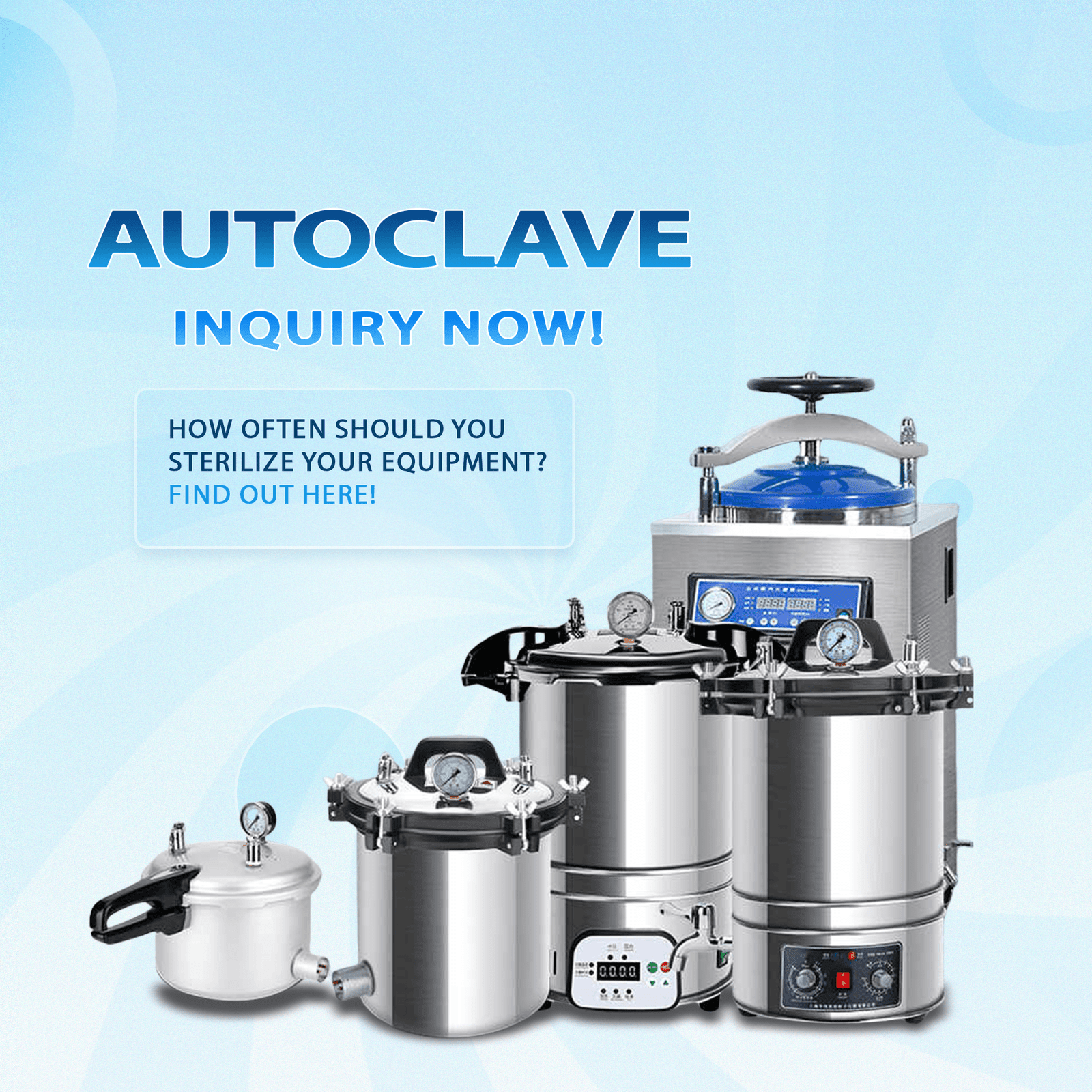
Medicīnisko ierīču un instrumentu sterilizācijai ir nepieciešami autoklāvi, jo tie aizsargā pacientu drošību un veicina atbilstību normatīvajiem standartiem. Vismodernākās autoklāvu sistēmas joprojām saskaras ar zināmiem ierobežojumiem. Medicīnas ierīču izplatītāji,
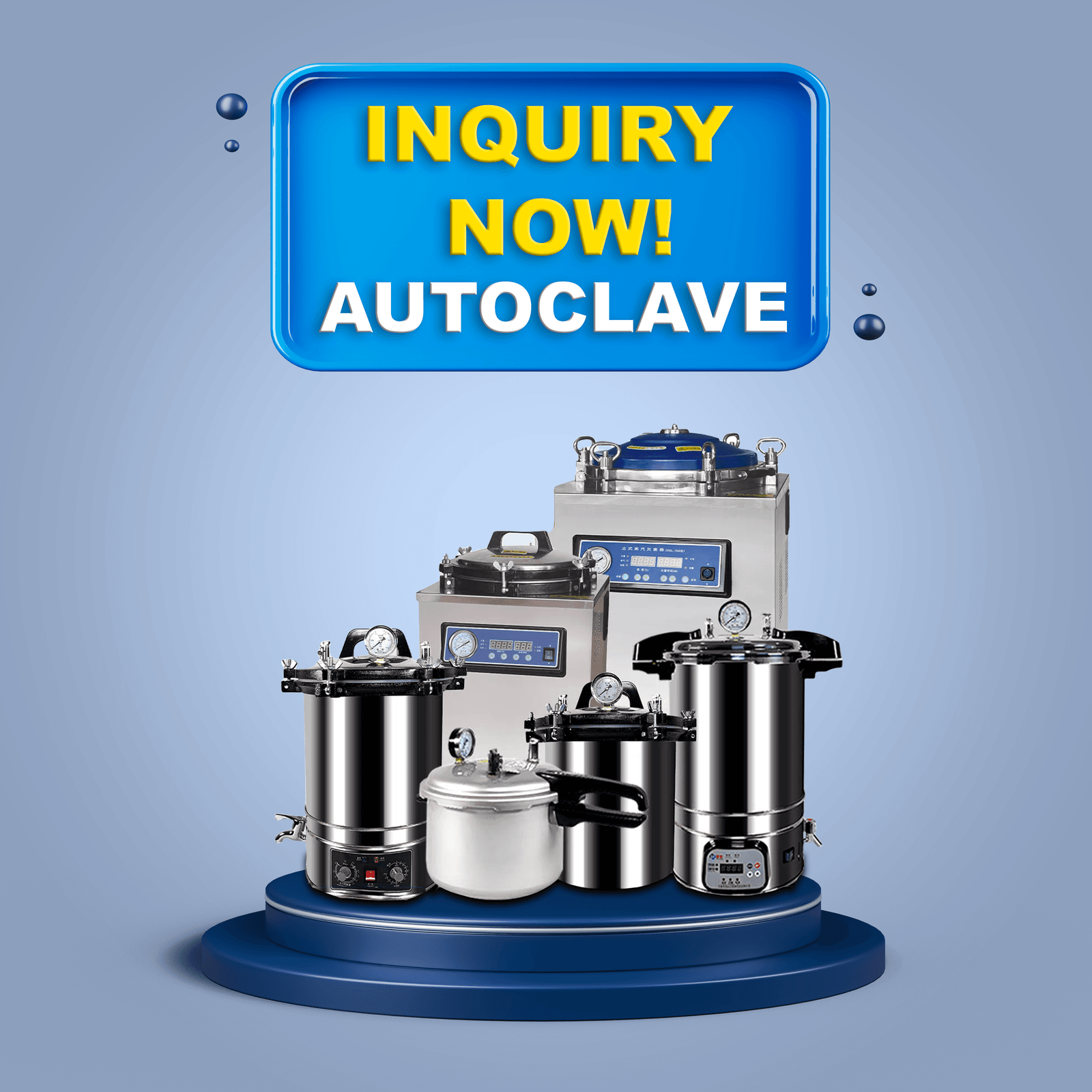
Medicīnisko ierīču ražošanā autoklāvs ir svarīgs aprīkojums, jo tas nodrošina konsekventu sterilizāciju dažādiem instrumentiem un materiāliem. Autoklāvos tiek izmantots augsta spiediena piesātināts tvaiks, lai iznīcinātu baktērijas, vīrusus, sēnītes un citus patogēnus.
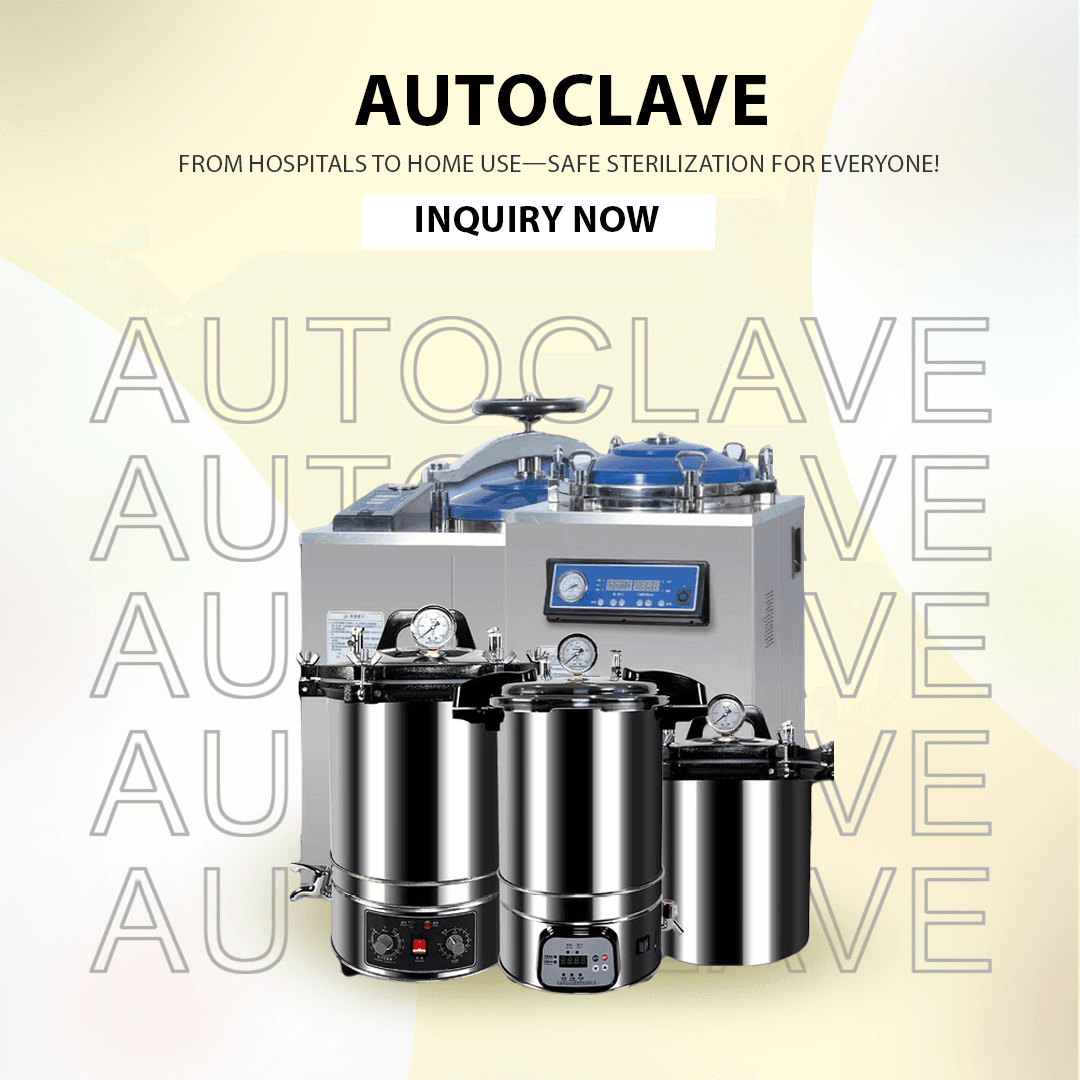
Autoklāvs kalpo kā ļoti svarīga ierīce veselības aprūpē un zinātnē, konsekventi sterilizējot instrumentus un materiālus. Medicīniskā aprīkojuma izplatītājiem, kā arī tirgotājiem un iepirkumu speciālistiem ir jānodrošina autoklāvu darbība.